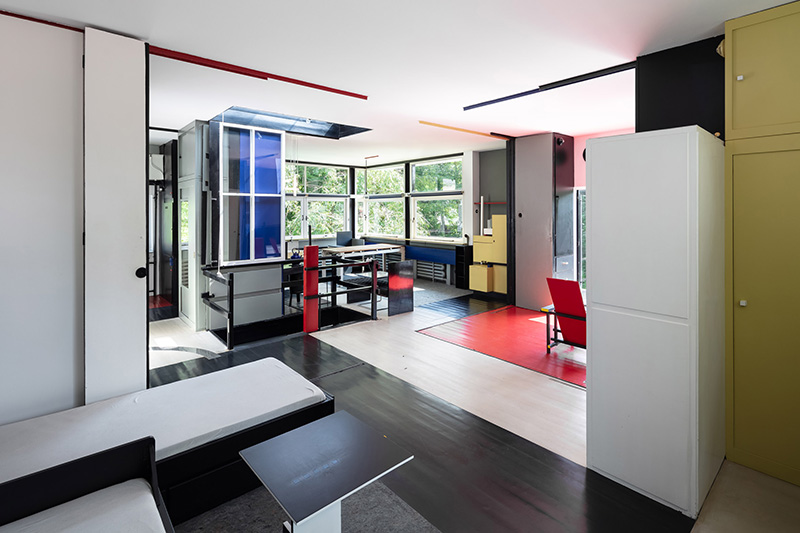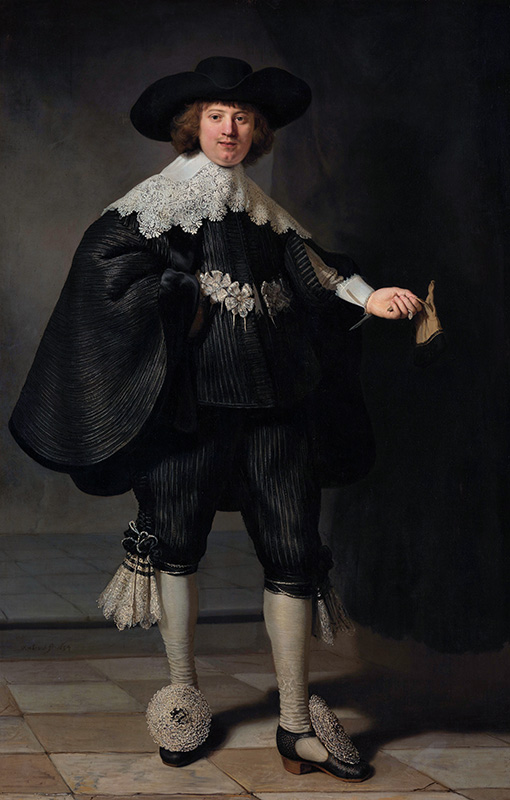Scholarship Recipients Trace the Dutch Golden Age
The Decorative Arts Trust is grateful for our members’ support of the Helen Scott Reed Study Trip Abroad Scholarship Program, through which we sponsored registration for three emerging scholars to travel to the Netherlands on the March Study Trip Abroad to Amsterdam and The European Fine Art Fair (TEFAF) in Maastricht. All recipients thoroughly benefited from the program, as you can see by the thoughts shared below.
The Helen Scott Reed Study Trip Abroad Scholarship program continues to seek donations to endow this initiative. Email the Decorative Arts Trust at thetrust@decorativeartstrust.org or call us at 610.627.4970 for more information about the program and how to contribute.
Alisa Chiles is an Andrew W. Mellon Graduate Fellow at the Philadelphia Museum of Art in Philadelphia, PA. “Participating in this trip deeply enriched my development as a European decorative arts scholar and architectural historian,” she states. “I am preparing for a transition into a curatorial position as I near completion of my dissertation, which examines the impact of the French-German rivalry on the modernization of decorative arts in the early 20th century. Part of those preparations included learning more about the international art market, and I benefited from attending the fair, meeting dealers, and studying the material on view. Visiting so many important decorative arts and museum collections deepened my knowledge of the Dutch Golden Age. As an architectural historian, I was thrilled to walk through these historic Dutch cities and to visit Aldo Rossi’s Bonnefantenmuseum and Gerrit Rietveld’s Schröderhouse, which I have studied for so long but never had an opportunity to see in person.”
Sarah Mallory is a PhD Student in the History of Art and Architecture department at Harvard University. The goal the goal of her dissertation is to research and publish this map, which will be featured in a forthcoming article she is writing. “I am indebted to my fellow travelers, a joyful group of kind, enthusiastic, and knowledgeable individuals united in their love of the arts, who formed a wonderful cohort, and from whom I learned a great deal,” Mallory shares. “As an aspiring art historian earning my PhD in 16th- and 17th-century Dutch and Flemish art, I knew the trip would provide important opportunities to see collections previously unknown to me. Never could I have anticipated, however, the myriad ways in which the trip would immediately begin to shift my scholarship. The experience far exceeded my aspirations. Indeed, on the group’s first visit to TEFAF, I came across a monumental wall map that will serve as the centerpiece of my dissertation and henceforth guide my research! This is an extremely important work of which I was previously unaware, likely because it is extant in only three collections. Due to its large size, the map is not digitized nor rarely, if ever, displayed. Had I not attended the fair, I would likely never have known about the map. I will remain in the Trust’s debt for affording me such a formative trip to the Netherlands.”
Jennifer Motter is a Masters student at The College of William & Mary. “The tour was incredibly beneficial to my research and my understanding of the country’s art history,” she reflects. “I was fortunate not only to learn from the curators and guides at our various stops but also from the participants, whose welcoming and friendly attitude made me feel very comfortable as a junior scholar on the trip. My current research looks at transatlantic, imperial connections to answer the question, “How did Dutch citizens create a cohesive Atlantic world in their minds?” Two life-size paintings of wealthy nobleman Marten Soolmans and his wife, Oopjen Coppit, hang in the Rijksmuseum’s Gallery of Honour. These portraits stand out for more than just their vast size—the mastery of Rembrandt and the opulence of the clothing are just as eye-catching. It is very likely that contemporaries of Marten van Soolmans and Oopjen Coppit would see the couple outfitted in lavish clothing and be able to accurately conjecture the source of their wealth, which came through overseas trade, in their case sugar plantations in Suriname. A large portion of the Republic’s wealth at this time came from abroad. Empire might not be immediately visible in these two portraits, but they speak to a broader Dutch world once considered in context.”
A print version of this article was published in The Magazine of the Decorative Arts Trust, one of our most popular member benefits. Join today!


![Niels, Theodoor; Saverij, Salomon [engraved figures after]; Venne, Adriaan van de; Berckenrode, Balthasar Florensz van. H.J. Van Wouw, Publisher. Expugnatio Sylvae-Ducis Ao 1629. 1631, Amsterdam. Engraved map.](https://decorativeartstrust.org/wp-content/uploads/2020/07/figure-2-mallory-map.jpg)

